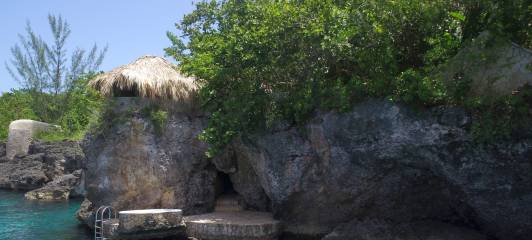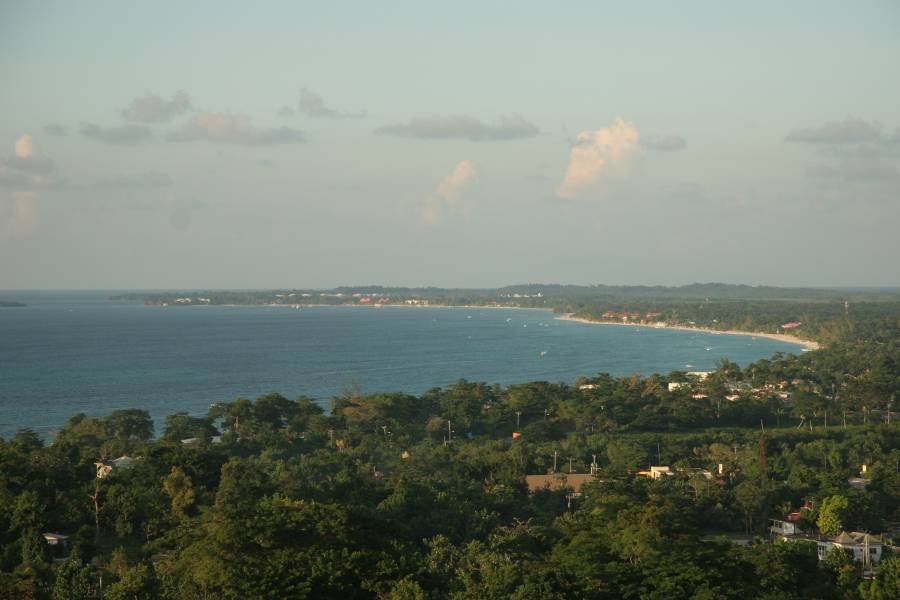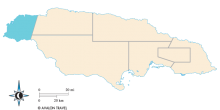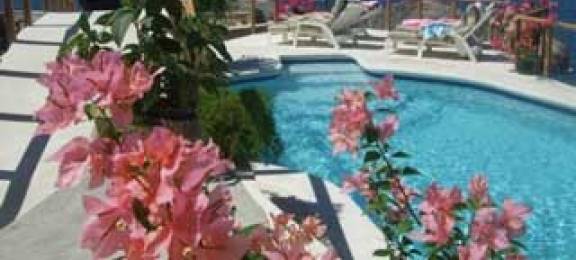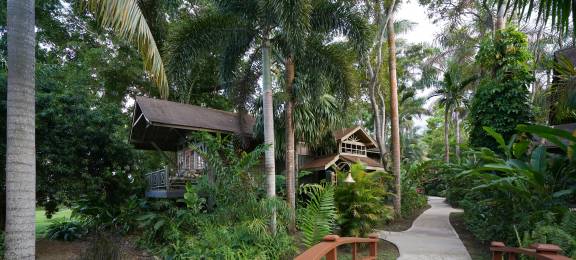Jamaica's longest beach is no longer the undisturbed keep of fishermen, as it was in the 1960s, but there are plenty of benefits that have come as a result of the virtually uncurbed development of the last 30 years. The sand remains a beautiful golden color, and the waters, while increasingly over-fished, remain crystal clear. A bar is never more than an arm's length away, and every kind of water sport is available. Expect advances from all manner of peddler and hustler until your face becomes known and your reaction time to these calls for attention slows.
